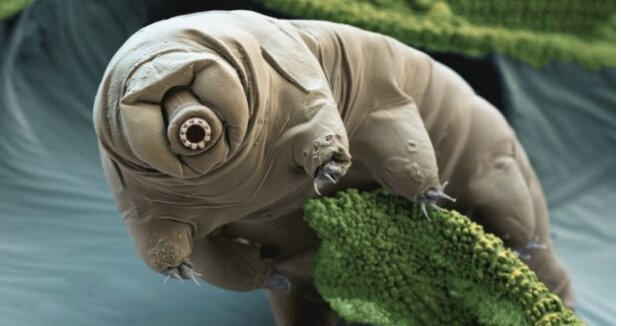Tardigrades | 08 Aug 2019
Microscopic Earthlings known as Tardigrades, likely survived a crash landing on the Moon surface by Israel's Beresheet probe in April, 2019.
Beresheet probe is a private mission to the Moon by Israeli non-profit SpaceIL organisation. It was successfully launched in February 2019, on board of Falcon 9 rocket from Cape Canaveral (Florida, USA) and arrived in lunar orbit in April 2019.
- Tardigrades are found in terrestrial, marine, and freshwater environments from the Arctic to the Antarctic, including great depths and altitudes.
- They can withstand extreme radiation, sizzling heat, the coldest temperatures of the universe, and decades without food.

- Also known as water bears or moss piglets, they are capable of surviving temperatures as high as 150° Celsius and as low as minus 272° Celsius albeit for a few minutes.
- The grub-like, eight-legged animals can come back from being dried out to a lifeless husk for decades, withstand near zero pressure in outer space and the crushing depths of the Mariana Trench.
- They are microscopic, multicellular, and one of the most durable forms of life on planet Earth.
